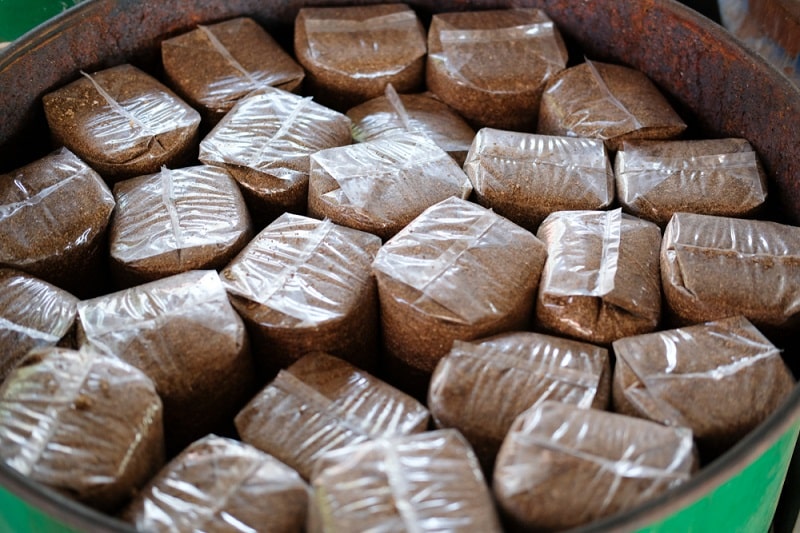
Mushroom cultivation at home is a growing trend these days. Mushrooms are versatile and can be used in multiple ways, so they are a fun and useful thing to grow at home.
However, for any plant to grow, including fungi, it needs a suitable environment. Mushrooms are grown in a substrate just as plants are grown in soil.
The substrate provides the mushrooms with their nutrients and moisture via the mycelium (similar to the roots of a plant). Certain kinds of mushrooms prefer certain kinds of substrate, but some common ones include:
- Straw
- Coffee grounds
- Coco coir
- Wood chips
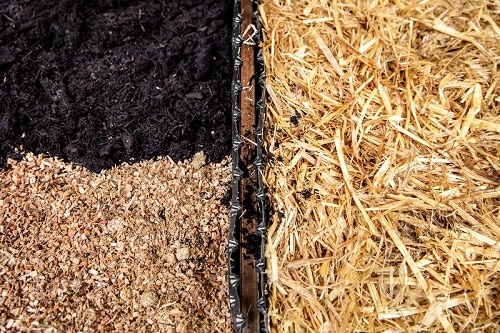
One thing they all have in common, though, is that this substrate must be sterile. The sterilization should be done before the mushroom spores are added to the substrate.
Contamination is probably the most common cause of failure among home mushroom growers. The pasteurization process kills any mold, other fungi, bacteria, or viruses that might compete with the mushroom crop and cause it to fail.
Once the substrate has been sterilized, it is watered, and the mushroom spores are added, ready to grow. If you do not have a pressure cooker in hand, how should you sterilize mushroom substrate without one? Keep reading; we have it figured out.
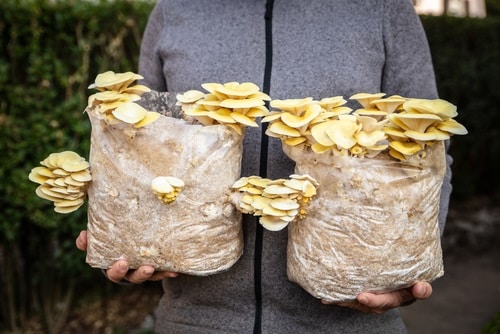
Sterility is Vital
Not only must you sterilize the substrate, but you must also wipe down all working surfaces with an alcohol sanitizer before you begin. Do not skip these steps, or your crop will fail.
How to Sterilize Mushroom Substrate Without A Pressure Cooker?
1. Cold sterilization with chemicals
This is one of the cheapest ways to sterilize your substrate because it involves no heating. You need to soak the straw or other growing medium for a full day in some easily obtainable chemicals – either hydrated lime or powdered chlorine used for swimming pools.
- Hydrated Lime
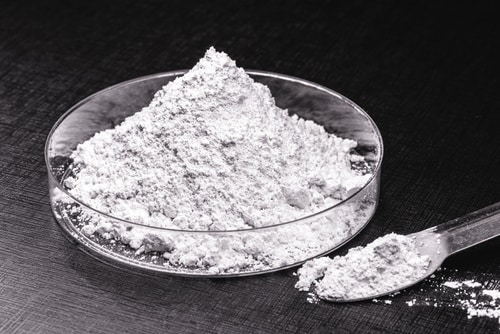
The lime (calcium hydroxide) increases the pH and kills off most contaminants. Make sure that the lime you use has a magnesium content of less than 2%, as in hydrated lime. You should be able to find some in your local agricultural supply store.
This chemical is especially suitable for oyster mushrooms. The lime used in gardens (dolomitic lime) is not suitable. Be careful when working with the lime, as you don’t want to inhale any or get any on your skin. It’s a good idea to wear a mask and gloves.
Use 300g of lime for every 55 gallons of water. Mix it and add the straw. Soak it for 24 hours. Then, drain it and inoculate it with your mushroom spore as usual. There is no need to rinse.
- Chlorine
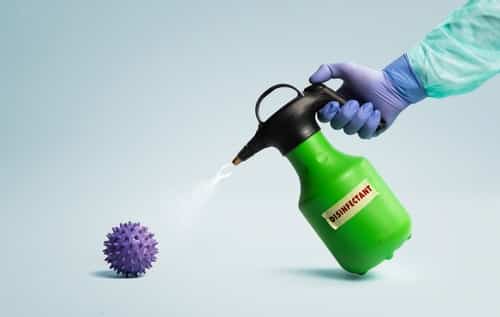
Chlorine oxidizes and also kills most pathogens, creating a truly sterile medium. The chlorine gets neutralized before the mushroom spore is added. Soak the straw in a chlorine solution of 5 parts per million for 24 hours. Then drain and inoculate with your mushroom spore.
2. Scalding
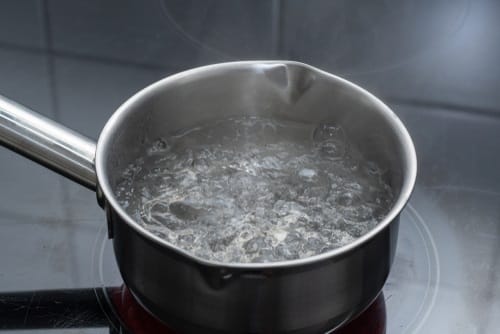
This is an easy process that uses boiling water. It will not completely sterilize the substrate, but it will kill off most pathogens. Put the mushroom substrate in a tub such as a large basin.
Bring water to a boil or just under – about 80 degrees Celsius is good. You can use an urn to heat the water. Pour it over the substrate and leave it to soak for 60 to 90 minutes.
Then, let it drain for 120 minutes. Do not leave it to dry for long, or otherwise, it will become contaminated again. Your substrate is now ready for inoculation.
3. Peroxide
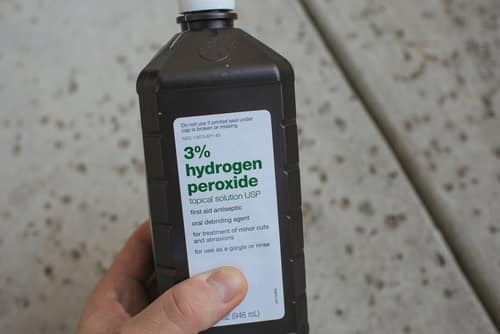
Soak your straw with water, then drain it. Do this twice. Now prepare a peroxide solution of 1 liter of 3% hydrogen peroxide to a gallon of water.
Pour this over your straw. There should be enough to submerge it completely. Leave it to soak for a day, then drain and rinse it twice with clean water. Inoculate the straw immediately after the final rinse.
4. Cold Fermentation
This method requires a little more time and results in quite a smelly bag of straw. However, it is effective and cheap. Put the straw in a fabric bag. Submerge it completely in water. You can use a barrel or deep basin for the purpose.
Leave it for one to two weeks to allow anaerobic microorganisms to ferment and kill pathogens. Drain it well and spread it out onto your clean, growing surface.
This exposure to the air will kill the remaining anaerobic microorganisms. Your straw is now clean and ready to be inoculated.
Conclusion
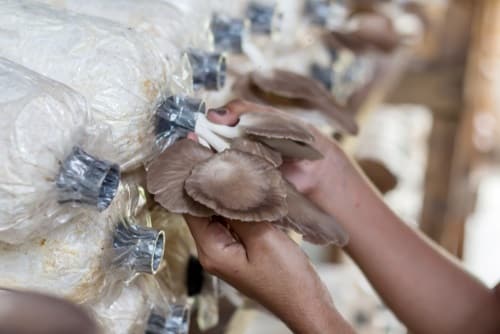
Sterilization is a critical step in mushroom cultivation. If you do not have a pressure cooker available, then try one of the easy methods above. If you follow the instructions carefully, you should get good results with your mushroom harvest.